There’s a sense of hyper-development headed towards the farmlands east of Austin.
Perhaps the most ambitious is a futuristic residential, resort and entertainment project called Emerald Island. Design renderings, even the name itself, conjure images of Emerald City from the Wizard of Oz.
The $8.7 billion Emerald Island “mini-city” will occupy 1,000 acres. Plans call a 500-room “wave hotel” with an observation wheel, a 50-acre lagoon, millions of square feet of convention center space, resort casinos, hotels, entertainment hubs, shops, restaurants and an 80,000-seat sport stadium.
Even more futuristic and appealing are promises the development will generate its own energy, grow its own food and collect its own water.
Some call the proposals crazy, and that’s fine with Scott Carpenter. He’s the wizard behind the big plans.
“There was a quote…’Dreamers are only crazy until they make it a reality,'” he told local media.
Among Carpenter’s many hats and titles include being president of Austin-based Carpenter & Associates LLC, a development firm founded by his grandfather.
The mini-city is just one half of his company’s development plans that could result in a $19 billion total investment.
First out of the gate and forming the other half is the 5,426-acre, $10-billion Greenport International Airport Technology and Data Center, a mixed-use aviation campus that hopes to become a base for high-tech research, energy storage, data centers and private flight facilities.
The Greenport Airport concept has been tossed around for many years. It now appears the project is ready to move ahead.
Carpenter & Associates says the Greenport International Airport has been planned as, “the world’s first green airport that will be fully sustainable off-grid, privately-owned and operated.”
“Greenport International Technology Center surrounding the airport will provide international and domestic businesses, government entities, research and development companies, defense contractors, and educational and training/retraining operations a globally accessible and highly-secured business campus.”
Carpenter believes an airport facility and global entertainment destination can be profitable and immensely beneficial to the area.
Dr. Ray Perryman of economics and financial analysis firm The Perryman Group forecasts the creation of more than 300,000 new job-years from the airport and technology center alone over its first 15 years.
The first of the Greenport buildings are already occupied by bit coin miners and data centers. Carpenter claims others technology enterprises are expressing interest in leasing land at the park.
Carpenter’s company has gathered together thousands of acres between Austin and Bastrop on the north side of the Colorado River in anticipation of everything moving ahead. However, to make the two projects come together as Carpenter envisions, and before construction can commence, he needs investors willing to put up $2 billion for each project.
Carpenter is not alone in hoping to transform what open spaces remain east of Austin.
Despite cutting 2,500 jobs recently at its Gigafactory, Tesla and other Elon Musk companies in the area continue to act as a magnet for development activity along the “eastern crescent” of Austin. Musk-related suppliers and technology component manufacturers have been drawn to the area over the past four years as the hi-tech vibe of east Austin has taken hold.
Some of the major developments already underway include Velocity, a 314-acre master-planned district near Austin-Bergstrom International Airport.
Construction commenced this past March on an initial 300-unit apartment complex scheduled for completion in 2025. Velocity will eventually encompass seven-million-square-feet overall, including nearly 3,000 apartments, 3.5-million-square-feet of office space and flex industrial space, and over 300,000-square-feet of mixed commercial space.
Other major commercial and residential developments planned for the Whisper Valley, Colony Park, Montopolis areas around Austin are within a 15-mile radius of the Tesla plant.
It’s not all clear sailing ahead for developers. Those areas still within the regulatory control of the City of Austin may suffer from slow permitting processes. Infrastructure needs to be built out. Resident concerns over traffic and noise must be considered.
Negative impacts on the environment have also come forward. Anger over the dumping of wastewater into the Colorado River by Musk’s SpaceX resulted in the company agreeing to help the City of Bastrop pay for the construction of a $32.6 million wastewater facility. It will begin handling the company’s 140,000-gallon daily discharge in 2026.
Nevertheless, most locals understand that growth along the Austin-to-Bastrop strip is destined to become more intense over time.
“If people are coming here that are good for the environment and good for the community, then I want to support it,” said property owner Chap Ambrose. “I want to help them do that and fulfill that dream, because I do think it’s changing every day.”


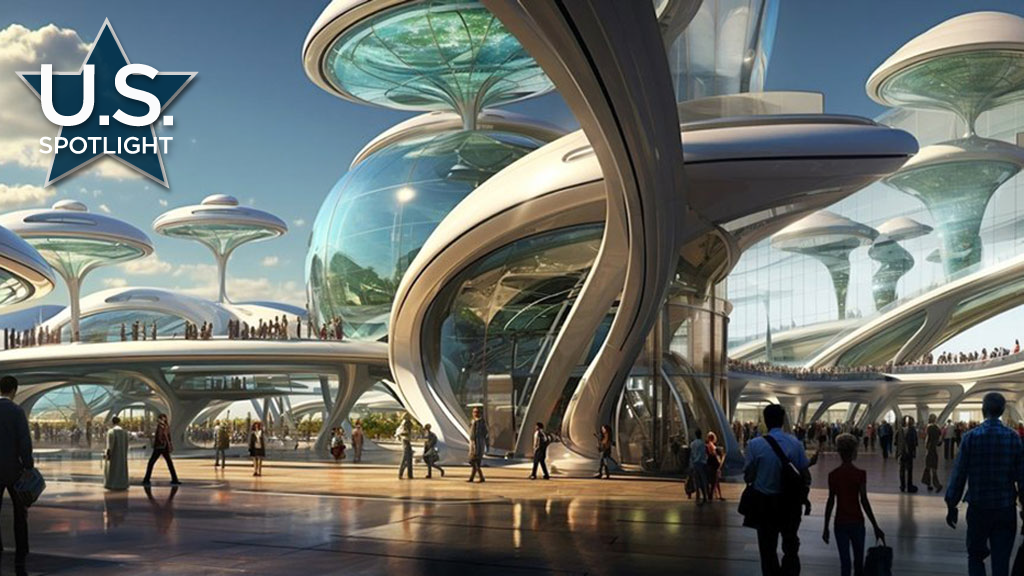

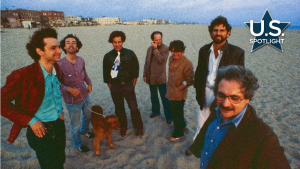
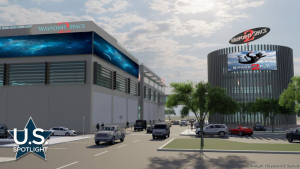

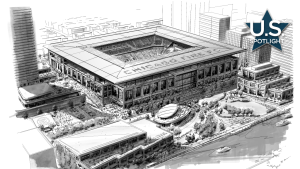
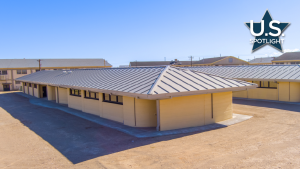

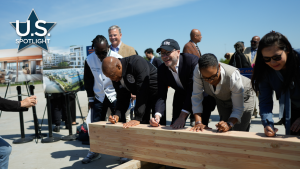
Recent Comments